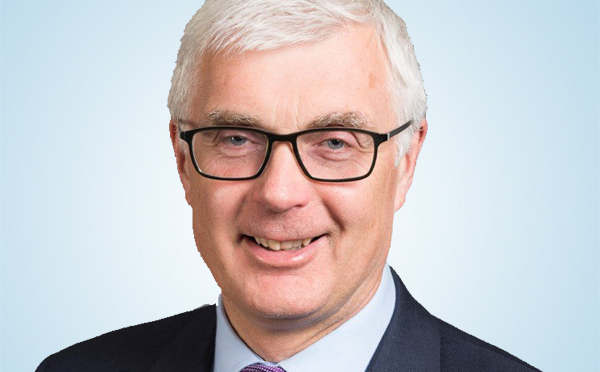You are viewing 1 of your 1 free articles
Bold new direction
Chancellor Philip Hammond’s Autumn Statement marks a historic turning point, says Emma Maier
Chancellor Philip Hammond’s Autumn Statement marks a historic turning point.
It will go down as the moment when the government finally acknowledged the pivotal role housing plays in the economy.
His language was restrained, referring to the housing crisis as “the housing challenge”. But his message was unmistakable: housing is a long-term weakness in the UK economy and must be urgently tackled.
For Mr Hammond, that urgency stems not from the impact on health, well-being or even any psephological advantages from creating more homeowners. His focus is instead driven by the negative impact that unaffordable housing is having on the nation’s productivity.
The chancellor was clear the government is not afraid to intervene where there is market failure. The measures he set out this week begin to do so.
It is clear that to achieve the necessary level of supply, we need multiple tenures rather then a relentless focus on ownership products. To this end, Mr Hammond confirmed that he would boost the existing £4.7bn Affordable Homes Programme with £1.4bn new money for housebuilding. He announced that he would relax restrictions on these funds, answering calls from the sector to provide greater flexibility to allow providers to build affordable rented homes and homes for low-cost ownership.
Meanwhile, Mr Hammond has sought to tackle one of the significant barriers to housing development with a new £2.3bn Housing Infrastructure Fund to unlock land for housing. The fund, which has been roundly welcomed by figures across the housebuilding industry, is an important step towards a much-needed long-term approach to housing. It could also help to address the concerns that are often at the heart of resistance to local housebuilding.
The chancellor has departed from his predecessor’s sole focus on ownership.
But he has a clear goal: it is not to end the housing crisis in its widest sense, but to increase supply in high-demand areas. The infrastructure fund is for use in high-demand areas, and the majority of the Affordable Homes Programme money, £3.15bn, will go to London. That’s 52% of the newly bolstered £6.1bn pot, compared with 42% for the 2015/18 programme.
The Autumn Statement reflects a maturing relationship between the sector and the government. It is to ministers’ credit that they have started to listen to advice from the sector, from calls for flexibility on the use of grant through to the changes to Pay to Stay.
If the chancellor is to solve his “housing challenge” the government will need to go further still in the delayed Housing White Paper. Further action will be needed on infrastructure, the government will need to form a view on the role of local authorities and it will need to be brave enough to tackle perhaps the greatest political challenge: use of the green belt. Now is the time to be bold.





